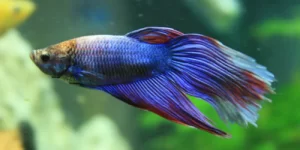Why do cats have whiskers?
Cats have specialized whiskers. Cats have whiskers, also known as vibrissae, for several important reasons. These specialized hairs are found in specific areas of a cat’s face, such as around the nose, cheeks, and under the chin.
- Tactile sensitivity: Cats’ whiskers are highly sensitive and serve as a specialized sensory system. Each whisker is connected to a set of deep sensory receptors that send tactile information to the cat’s central nervous system.
- Communication: Cats’ whiskers also play an important role in communication between themselves and other animals. When a cat is feeling friendly and relaxed, their whiskers remain in a normal position, pointing forward.
- Spatial awareness: Whiskers also help cats understand their own size in relation to the environment around them. They can gauge whether they can fit through a narrow opening or should avoid an object based on the position and movement of their whiskers.
- Sense of taste: Cats’ whiskers are also related to their sense of taste. They have taste receptors at the base of their whiskers, which can help cats evaluate the quality and safety of food before eating it.
Cats have specialized whiskers:
- Balance and movement: In addition to the mentioned functions, cats’ whiskers also play a role in their balance and movement. Whiskers help cats calculate distances and adapt to different environments.
- Protection of the eyes: Whiskers also serve as a line of defense for a cat’s eyes. When an object approaches a cat’s face, the whiskers move backward, alerting them to the proximity and helping protect the eyes from potential harm.
- Mental stimulation: Whiskers also play a role in cats’ mental stimulation. The subtle movements and tactile sensitivity of whiskers provide cats with an enriching sensory experience.
It is important to remember that cats’ whiskers are extremely sensitive and should never be cut or manipulated inappropriately. When caring for your cat, make sure to avoid anything that may disturb or damage their whiskers.
Read more about pets.
Read more about cat food.




